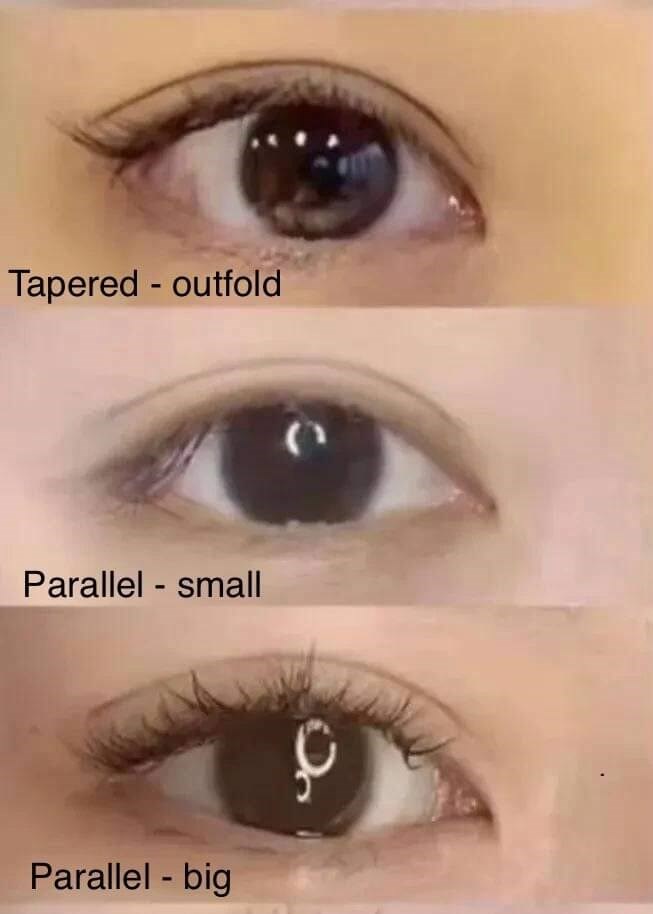Looking for Asian “Double Eyelid” Surgery Models!
We are looking for models to undergo “double eyelid” surgery! Incisionless blepharoplasty or incisional blepharoplasty will be discounted for the completion of a research study. Procedures will start at $750. You will need to be Asian and interested in the Asian blepharoplasty procedure to participate. Additional inclusion criteria will be determined at your complimentary consultation.
Asian blepharoplasty, or “double eyelid surgery”, differs from a Western blepharoplasty in that it focuses on creating an aesthetically pleasing epicanthal fold or double eyelid. Nearly all non-Asians have prominent epicanthal folds, or double eyelids. However, many Asians have either low lying creases that become hooded when the eyes are open, or they have an absence of the crease. Asian eyelid anatomy is unique in several ways. This is why the eyelids and eyes are so different between Asians and other ethnic groups. In Asian eyelids, there is an excess of submuscular fat superficial to that of the orbital septum. Additionally, the orbital fat is sitting low due to an absent or low-lying attachment of levator aponeurosis to the skin. Because of these differences, an Asian blepharoplasty requires a different skillset, which may not be familiar to all surgeons in the US.
&srotate=0)
The aesthetics of eyelid creases are crucial to having natural appearing “double eyelids” that do not appear to age you. As we know, most people associate the presence of creases with laxity. It requires a special consideration to create a fold that appears natural and different from folds caused by laxity. The crease height is the first parameter to consider. Caucasian females have creases at approximately 9-11mm away from the lash line, and most Asians will have creases at the height of 4-7mm. Therefore, most Asians will appear surgical and unnatural with a crease at 8.5mm or higher. The shapes of the creases are categorized as the following: nasally tapered, parallel or crescent. In the nasally tapered group, there are two subtypes of shapes: in-fold or out-fold, which are determined by the presence or absence of a clear epicanthal fold at the medial canthus or inner eye corner. There are also two subtypes to the parallel group, which are small parallel or European parallel. The subtypes are determined by the ultimate tarsal show, or “how big” the double eyelids are. The ultimate shape of the double eyelids after surgery is decided by a few factors: how big the desired tarsal show is, the presence of absence of epicanthal fold, and the subtype of epicanthal fold.
At FlowMD, Dr. Ran has extensive experience in treating Asian eyelids. Her history of growing up in China and staying close to her community influenced her aesthetic sensibility, which closely resembles what you would find in Asia. Her education and training have granted her the technique and ability to deliver optimal results. She is interested in defining parameters for double eyelid procedures, in order to guarantee better success in this procedure. If you are interested in the procedure itself or would like to become a model for the procedure, please book a consultation with us directly or text our on call number.
&srotate=0)
See before & afters from Dr. Ran